Langenbeck Bone Elevator, 23cm, 10mm, Blunt, Strong Curve
Rizbain Surgical is Proudly Manufacturing and Supplying an Excellent Quality Raspatories and Elevators, such as Cottle Periosteal Elevators, Goldman Septum Fracture Elevators, Freer Raspatories, Massing Elevators, Periosteal Elevators, Obwegeser Raspatory, Yankauer Septum Elevators, Williger Raspatory, Nasal Fracture Elevators, Freer Double Periosteal Elevator Sharp-Blunt, Converse Periosteal Elevator/Raspatory, Boies Nasal Fracture Elevators and Cottle Raspatory Knife.
Description
Langenbeck Bone Elevator, 23cm, 10mm, Blunt, Strong Curve: Precision and Durability for Bone Manipulation
The Langenbeck Bone Elevator, 23cm, 10mm, Blunt, Strong Curve is a specialized surgical instrument designed to assist in bone manipulation during various orthopedic and maxillofacial procedures. This tool is particularly effective for elevating, separating, or lifting bone and soft tissue during surgery. It is commonly used in the context of bone grafting, fracture reduction, and various reconstructive surgeries, making it an essential instrument for surgeons specializing in these fields. Known for its precision, durability, and ergonomic design, the Langenbeck Bone Elevator ensures optimal surgical outcomes.
Key Features of the Langenbeck Bone Elevator, 23cm, 10mm, Blunt, Strong Curve
- Blunt Tip for Safe Tissue Handling
One of the key features of the Langenbeck Bone Elevator is its blunt tip. The blunt tip minimizes the risk of injury to surrounding tissues during bone manipulation, ensuring that the instrument only interacts with the bone while avoiding damage to soft tissue, nerves, or blood vessels. This makes it especially valuable in delicate surgeries where tissue preservation is critical. - Strong Curvature for Enhanced Control
The strong curve of the Langenbeck Bone Elevator is specifically designed to provide enhanced control when manipulating bone during surgeries. The curve allows for better leverage, making it easier to separate or lift bone from surrounding tissues, facilitating the surgeon’s ability to perform precise cuts and manipulations. - 23cm Length for Adequate Reach
With a length of 23cm, this bone elevator provides ample reach, making it suitable for both shallow and deep bone manipulations. This length offers the surgeon the flexibility to access hard-to-reach areas of the surgical site, enhancing the overall effectiveness of the procedure. - 10mm Blade Width for Optimal Precision
The 10mm width of the blade provides a perfect balance between strength and precision. It is wide enough to handle tougher bone separation tasks but not so broad that it sacrifices the fine control needed for delicate procedures. This design ensures that the elevator can be used for a wide variety of surgical scenarios. - High-Quality Stainless Steel Construction
Constructed from premium stainless steel, the Langenbeck Bone Elevator is resistant to corrosion, rust, and staining. This material guarantees durability and longevity, ensuring that the instrument will maintain its effectiveness and sharpness even after multiple uses and sterilization cycles. - Ergonomic Handle for Comfortable Use
The handle of the Langenbeck Bone Elevator is designed for maximum comfort and control. Its ergonomic shape fits comfortably in the surgeon’s hand, reducing fatigue during long surgical procedures. The handle also provides a secure grip, which is crucial when handling delicate bone manipulation tasks.
Applications of the Langenbeck Bone Elevator, 23cm, 10mm, Blunt, Strong Curve
The Langenbeck Bone Elevator, 23cm, 10mm, Blunt, Strong Curve is commonly used in various surgical procedures that involve the manipulation of bones, particularly in orthopedic and maxillofacial surgeries. Some of its most common applications include:
- Orthopedic Surgery: In procedures like fracture reduction or bone grafting, the Langenbeck Bone Elevator helps separate bones from surrounding tissue, making it easier to reposition or align fractured bones. It can also be used to elevate bone fragments for further surgical intervention.
- Maxillofacial Surgery: In maxillofacial surgery, the elevator is used to lift and separate bone or tissue, especially during reconstructive surgeries, such as cleft palate or jaw surgeries. The blunt tip ensures safe manipulation around delicate facial structures.
- Trauma Surgery: For patients who have suffered traumatic bone fractures, the Langenbeck Bone Elevator can assist in repositioning fractured or displaced bones, allowing for proper alignment and stabilization.
- Bone Grafting: The elevator is useful in harvesting bone material from donor sites or in elevating the bone during grafting procedures. It allows for the precise separation of bone while minimizing damage to surrounding tissues.
- Spinal Surgery: Surgeons use this instrument to elevate and separate vertebral bones during spinal surgeries, such as decompressions or fusions, to provide better access and precision during the procedure.
Benefits of the Langenbeck Bone Elevator, 23cm, 10mm, Blunt, Strong Curve
- Reduced Risk of Tissue Injury
The blunt tip of the Langenbeck Bone Elevator ensures that delicate tissues, such as nerves and blood vessels, are protected from accidental damage during surgery. This is critical in complex procedures where preserving the integrity of surrounding tissues is essential. - Enhanced Surgical Control
The strong curve of the instrument provides surgeons with greater leverage and control when manipulating bone, which enhances precision and reduces the likelihood of errors during surgery. The 10mm blade width further improves the instrument’s ability to perform fine adjustments with accuracy. - Versatility in Surgical Procedures
The Langenbeck Bone Elevator can be used in a wide range of surgical specialties, making it a versatile tool for orthopedic, maxillofacial, trauma, and spinal surgeons. Its adaptability makes it a valuable addition to any surgical toolkit. - Durability and Longevity
its high-quality stainless steel construction, the Langenbeck Bone Elevator is designed to last for years. It can withstand frequent use and repeated sterilization without losing its functionality or sharpness. - Comfort and Precision
The ergonomic handle ensures comfort during long procedures, and the tool’s design allows for precise bone manipulation, minimizing the risk of complications and improving overall surgical outcomes.
Care and Maintenance of the Langenbeck Bone Elevator, 23cm, 10mm, Blunt, Strong Curve
To ensure the longevity and functionality of the Langenbeck Bone Elevator, proper care and maintenance are essential:
- Cleaning and Sterilization
After each use, thoroughly clean the elevator to remove any biological debris or residues. Use an appropriate brush to clean any hard-to-reach areas. The tool should then be sterilized using autoclaving or another appropriate sterilization method. - Routine Inspections
Regularly inspect the instrument for signs of wear or damage. Check for cracks, dullness, or bending, particularly in the blade and handle. Any signs of damage should be addressed immediately by replacing the instrument. - Proper Storage
Store the Langenbeck Bone Elevator in a safe, sterile environment to prevent contamination or damage. Using protective cases or racks can help keep the tool organized and ready for use.
Frequently Asked Questions (FAQs)
Q: Can the Langenbeck Bone Elevator be used for both bone and tissue manipulation?
A: While primarily designed for bone manipulation, the blunt tip makes it suitable for use in separating tissues as well, especially in delicate surgeries.
Q: What makes the Langenbeck Bone Elevator ideal for orthopedic surgeries?
A: The strong curve and precise 10mm blade width provide surgeons with the control and leverage necessary to manipulate bone during fracture reduction or grafting.
Q: How do I sterilize the Langenbeck Bone Elevator?
A: The elevator can be sterilized through autoclaving or another appropriate method for stainless steel surgical instruments.
Conclusion
The Langenbeck Bone Elevator, 23cm, 10mm, Blunt, Strong Curve is an indispensable tool for surgeons in orthopedic, maxillofacial, trauma, and spinal surgeries. Its durable construction, ergonomic design, and precise functionality make it an essential addition to any surgical toolkit. With proper care, it will continue to provide reliable and safe bone manipulation for years to come.
Reviews (0)
Be the first to review “Langenbeck Bone Elevator, 23cm, 10mm, Blunt, Strong Curve” Cancel reply
Shipping & Delivery


MAECENAS IACULIS
Vestibulum curae torquent diam diam commodo parturient penatibus nunc dui adipiscing convallis bulum parturient suspendisse parturient a.Parturient in parturient scelerisque nibh lectus quam a natoque adipiscing a vestibulum hendrerit et pharetra fames nunc natoque dui.
ADIPISCING CONVALLIS BULUM
- Vestibulum penatibus nunc dui adipiscing convallis bulum parturient suspendisse.
- Abitur parturient praesent lectus quam a natoque adipiscing a vestibulum hendre.
- Diam parturient dictumst parturient scelerisque nibh lectus.
Scelerisque adipiscing bibendum sem vestibulum et in a a a purus lectus faucibus lobortis tincidunt purus lectus nisl class eros.Condimentum a et ullamcorper dictumst mus et tristique elementum nam inceptos hac parturient scelerisque vestibulum amet elit ut volutpat.
Related products
Aston Fiber Optic Retractor
Fiber Optic Retractors are known to facilitate visibility in difficult-to-see surgical cavities, thus increasing exposure to tissues and muscles with optimal light via various widths, lengths, and angles blades. Aston Fiber Optic Retractors come with a unique reversed tapered edge slightly wider at the tip for added tissue exposure during surgery, thus allowing the surgeon a minimal incision size. These are astounding for use in face, neck, and breast procedures. The primary objective of this Retractor is to provide light during surgery to increase the visibility of surgeons to underlying areas.
Bozemann TC Needle Holders
Features:
- Superior Surgical Graded Stainless steel Instruments Manufactured by Rizbain Surgical
- Best stability against corrosion
- More durable, best stability against Corrosion, High resistance against disinfection and sterilization, Made with High-Quality Stainless Steel as per International Standards, Ultrasonic Cleaned, Gold Plated as per Products Structure!
- All the Instruments are Re-Usable, Boil Test, Performance Test, Shape Test, and QC Passed,
- Packing: Individually Packed
Brown Needle Holders
Features:
- Superior Surgical Graded Stainless steel Instruments Manufactured by Rizbain Surgical
- Best stability against corrosion
- More durable, Best Stability against corrosion, High resistance against disinfection and sterilization, Made with High-Quality Stainless Steel as per International Standards, Ultrasonic Cleaned, Gold Plated as per Products Structure!
- All the Instruments are Re-Usable, Boil Test, Performance Test, Shape Test, and QC Passed,
- Packing: Individually Packed.
Dingman Cartilage Abrader 15cm, Curved Left
Rizbain Surgical Offering High-quality Rhinoplasty Instruments, these Instruments also called Nose Job Instruments, such as Aufricht Nasal Rasps, Cottle Nasal Rasps for Rhinoplasty, Guebisch Fomon T.C. Nasal Rasps, Fomon Bone and Nasal Rasps, Joseph Nasal Saw for Nose Job, Cottle T.C. Nasal Rasp. Lewis T.C. Nasal Rasp.
Dingman Cartilage Abrader 15cm, Curved Right
Rizbain Surgical Offering High-quality Rhinoplasty Instruments, these Instruments also called Nose Job Instruments, such as Aufricht Nasal Rasps, Cottle Nasal Rasps for Rhinoplasty, Guebisch Fomon T.C. Nasal Rasps, Fomon Bone and Nasal Rasps, Joseph Nasal Saw for Nose Job, Cottle T.C. Nasal Rasp. Lewis T.C. Nasal Rasp.
Lucae Mallet 260g 25mm Dia 19cm
Rizbain Surgical Supplying High-quality Mallets and Cartilage Instruments, such as Cartilage Crusher, 65x30mm, Cottle Cartilage Crusher 65x30x30 mm, Cartilage Cutting Block, Teflon, 85x55x10mm, Colline Mallets, Mallet With Plastic Facing, Mallet, 26 cm, Novotex Plastic, 150 grams, 35mm diameter, Mallet with Fiber Optic Material. Lucae Mallet 260g 25mm Dia 19cm, Kirk Mallet, 19.5 cm, Solid head, 900 grams, Solid Mallets 370g 22.5cm.
Scalpel Handle No. 3 (#3)
GENERAL SURGERY, GENERAL KNIFE AND HANDLES, GENERAL SURGERY INSTRUMENTS SET LIST, PLASTIC SURGERY INSTRUMENTS, KNIFE AND HANDLES, PLASTIC SURGERY MEDICAL INSTRUMENTS
Castleimpexx Offering High-quality Scalpel Handles, Such as Dissecting Knife, Scalpel Handle Angled 3L, Scalpel Handle No. 3 (#3), Scalpel Handle Standard #4, Scalpel Handle Standard Double Ended, Scalpel Handle Strait 3L, Scalpel Handle with Celebrations No. 03 and Scalpel, Round Handle, 16cm, you can See our Scalpel Handles and other products on our Videos

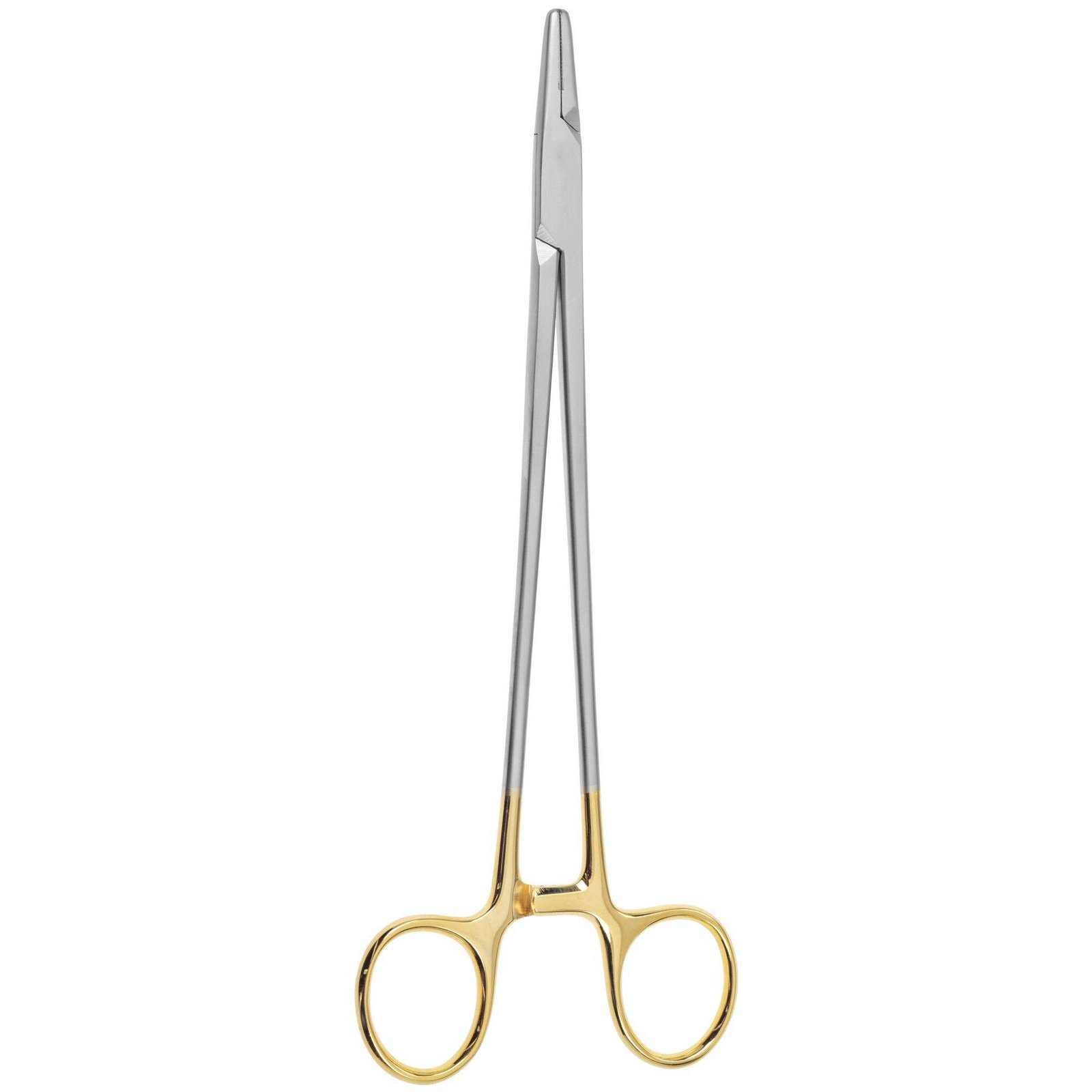
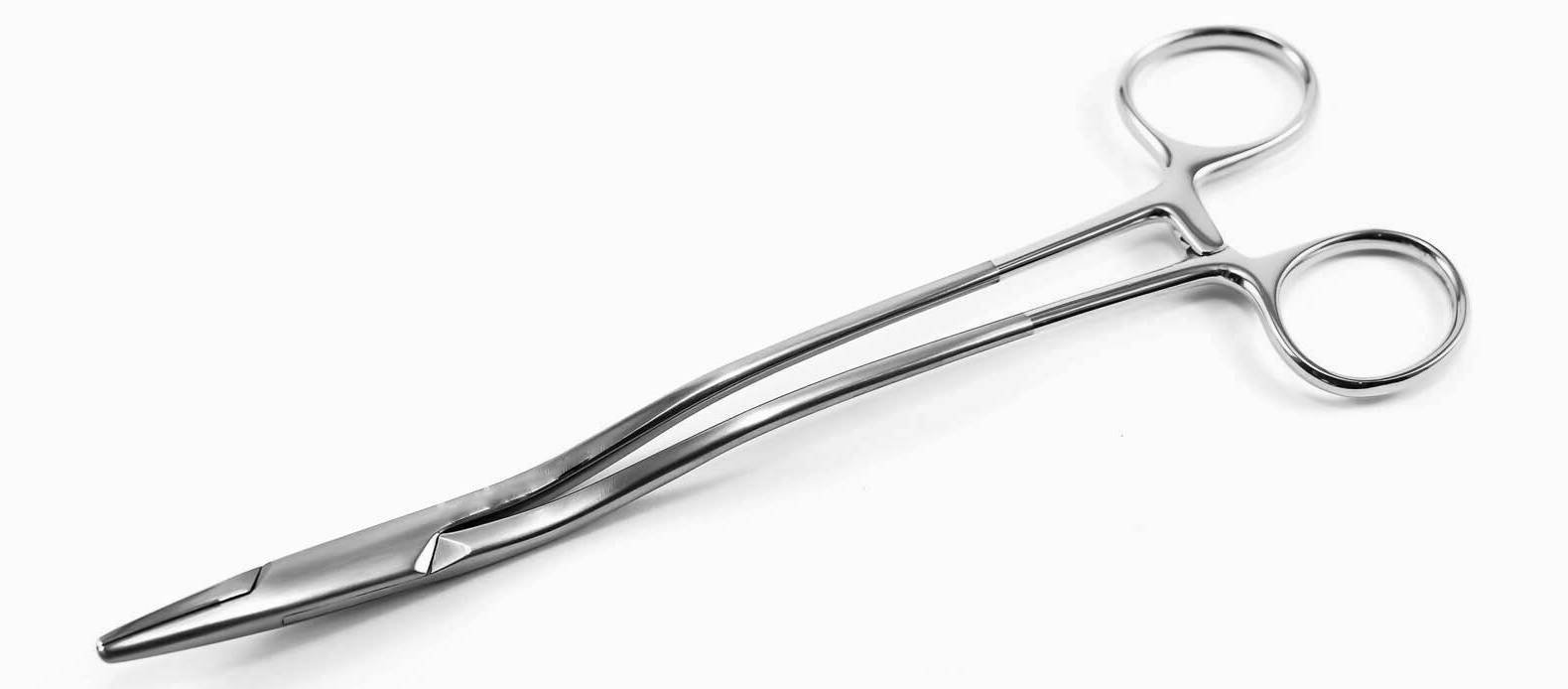
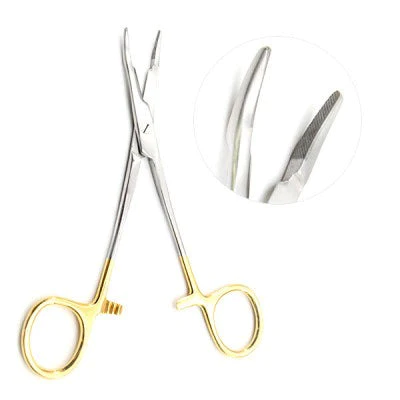

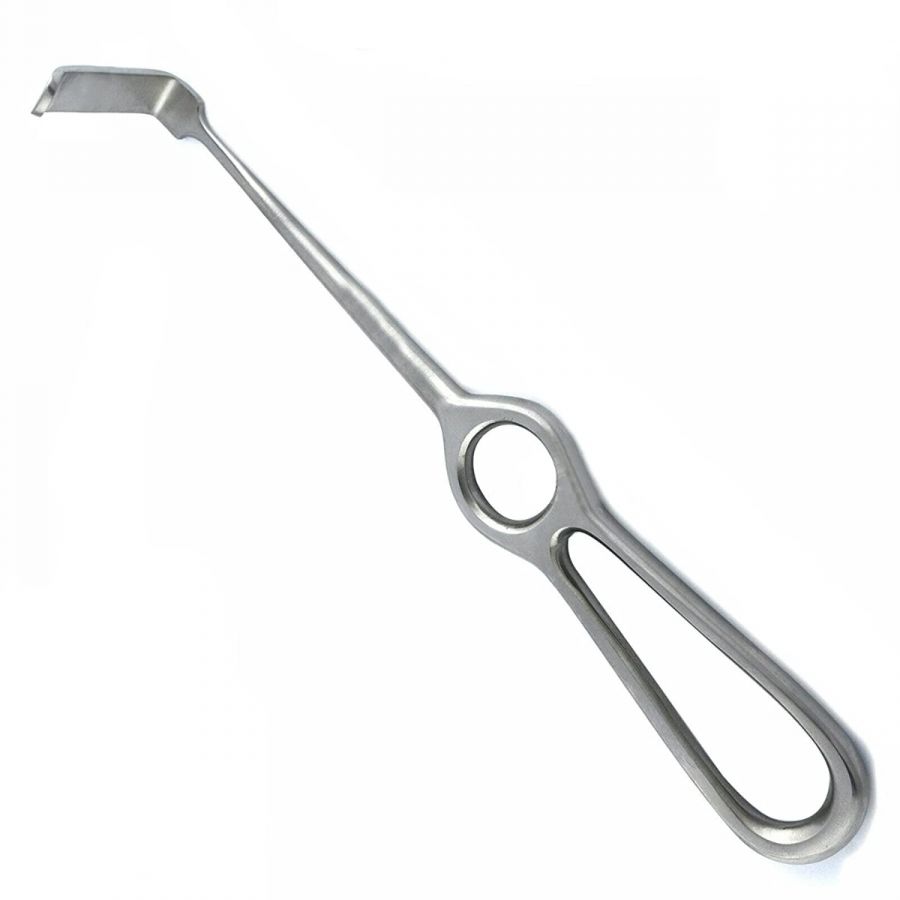

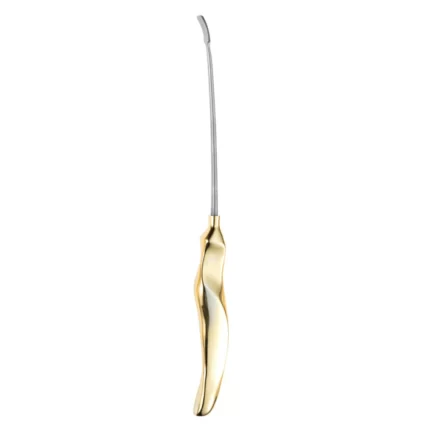
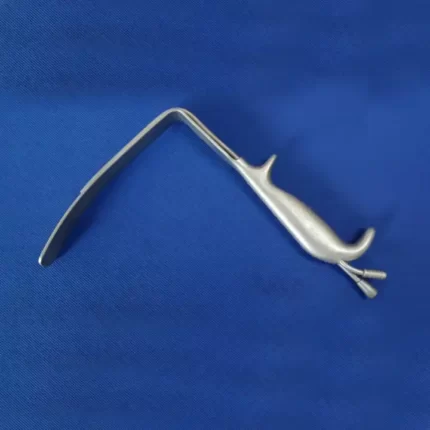

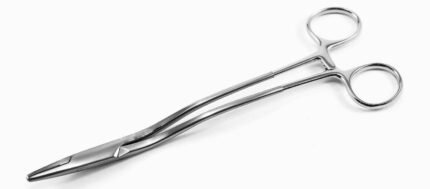

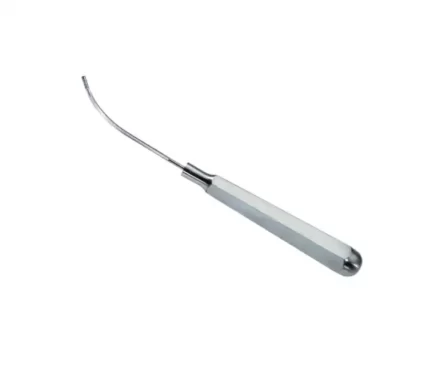
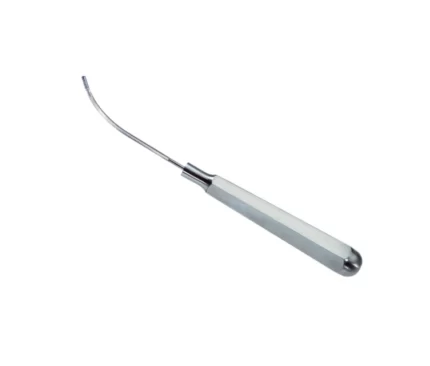




Reviews
There are no reviews yet.